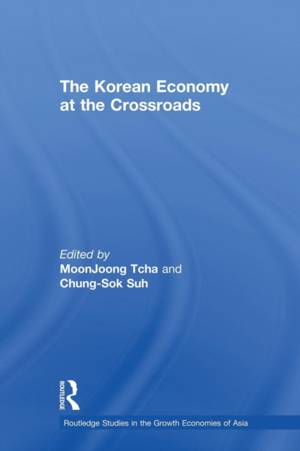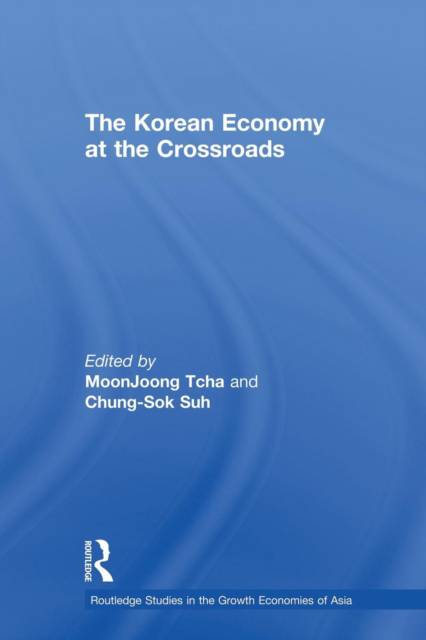
- Afhalen na 1 uur in een winkel met voorraad
- Gratis thuislevering in België vanaf € 30
- Ruim aanbod met 7 miljoen producten
- Afhalen na 1 uur in een winkel met voorraad
- Gratis thuislevering in België vanaf € 30
- Ruim aanbod met 7 miljoen producten
Zoeken
The Korean Economy at the Crossroads
Triumphs, Difficulties and Triumphs Again
Chung-Sok Suh, Moon Joong Tcha
€ 111,45
+ 222 punten
Uitvoering
Omschrijving
For many years up until 1997, Korea was widely seen in economic and financial circles as something of a miracle. The financial crisis that Korea experienced then did much to set its economy back, but by 2001 it was still the 13th largest economy in terms of GDP in the world.
This enticing collection, with contributions from experts with an impressive knowledge of Korea and its economy, charts not only the well documented causes of the crisis, but more importantly, its response and recovery from it. With an admirable scholarly rigour, the book covers such topics as:
*the origin and evolution of the Korean economic system and its special factors including chaebols
*Korean industries since the crisis
*What happened to the money after the capital flight of the crisis and did the USA benefit?
"The Korean Economy at the" "Crossroads" is intended and recommended not only for students and academics involved in international finance, economics and Asian studies, but also for the business leaders and policy makers who can draw lessons from the books important analyses.
This enticing collection, with contributions from experts with an impressive knowledge of Korea and its economy, charts not only the well documented causes of the crisis, but more importantly, its response and recovery from it. With an admirable scholarly rigour, the book covers such topics as:
*the origin and evolution of the Korean economic system and its special factors including chaebols
*Korean industries since the crisis
*What happened to the money after the capital flight of the crisis and did the USA benefit?
"The Korean Economy at the" "Crossroads" is intended and recommended not only for students and academics involved in international finance, economics and Asian studies, but also for the business leaders and policy makers who can draw lessons from the books important analyses.
Specificaties
Betrokkenen
- Auteur(s):
- Uitgeverij:
Inhoud
- Aantal bladzijden:
- 360
- Taal:
- Engels
- Reeks:
Eigenschappen
- Productcode (EAN):
- 9781138810686
- Verschijningsdatum:
- 12/09/2014
- Uitvoering:
- Paperback
- Formaat:
- Trade paperback (VS)
- Afmetingen:
- 150 mm x 226 mm
- Gewicht:
- 498 g

Alleen bij Standaard Boekhandel
+ 222 punten op je klantenkaart van Standaard Boekhandel
Beoordelingen
We publiceren alleen reviews die voldoen aan de voorwaarden voor reviews. Bekijk onze voorwaarden voor reviews.








